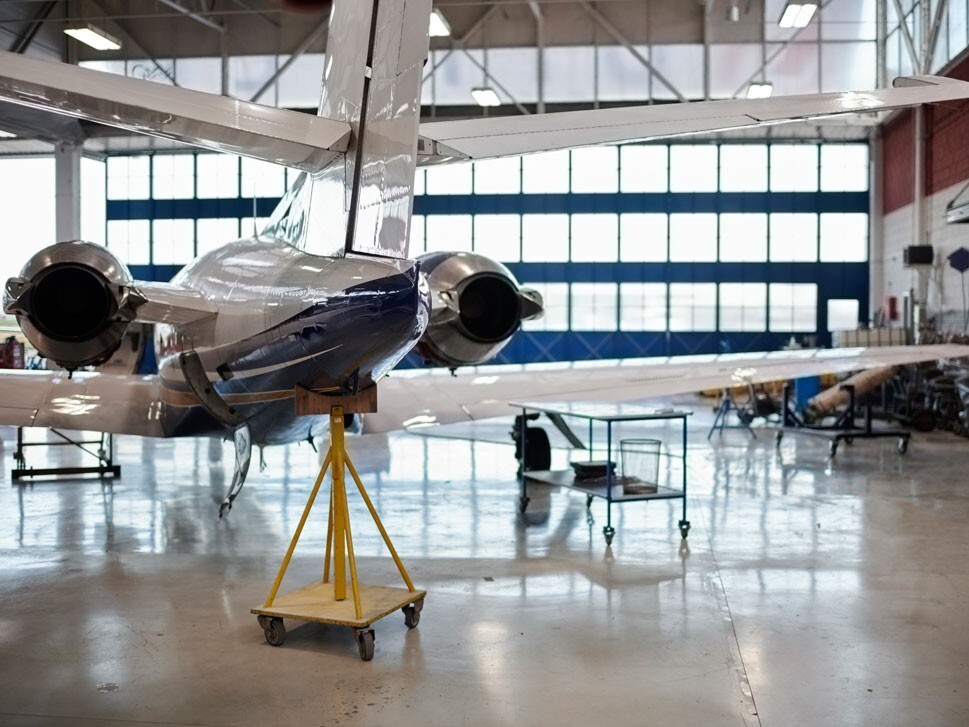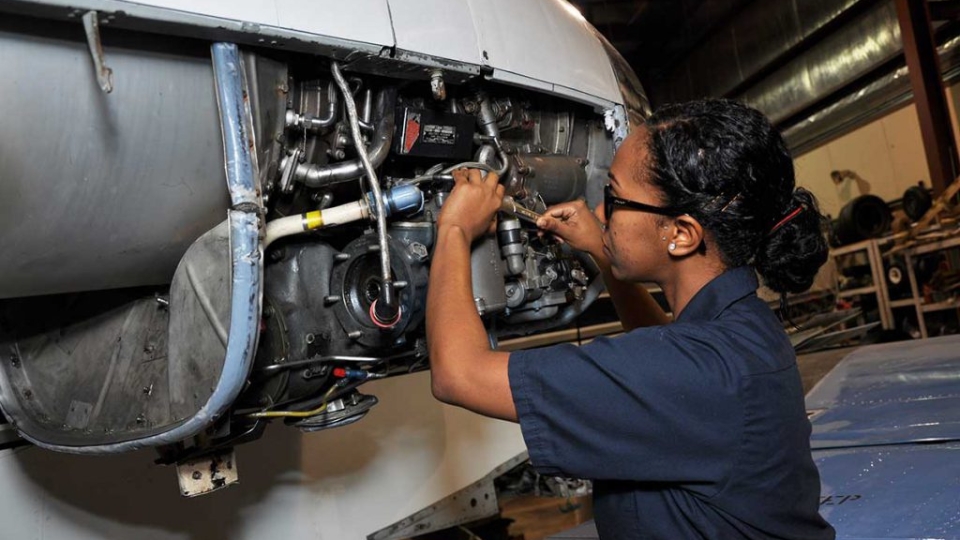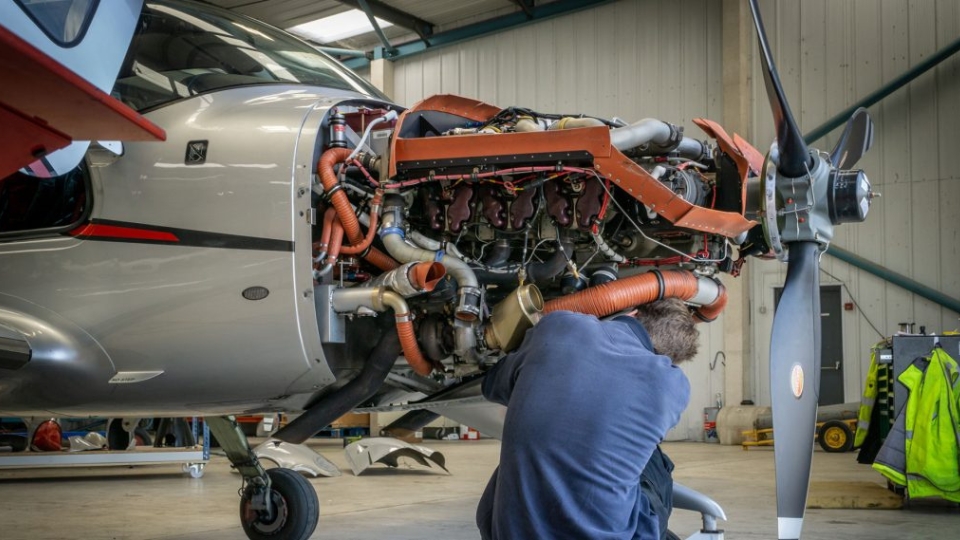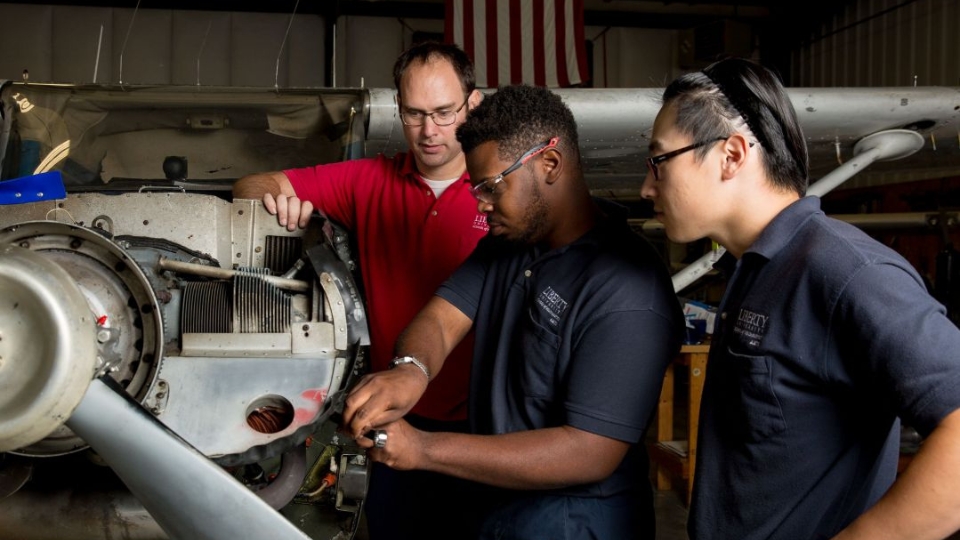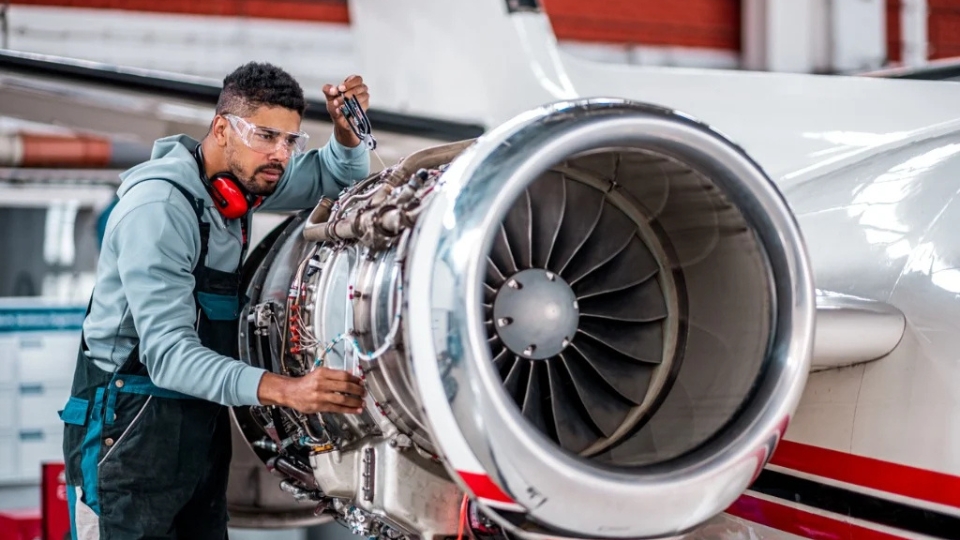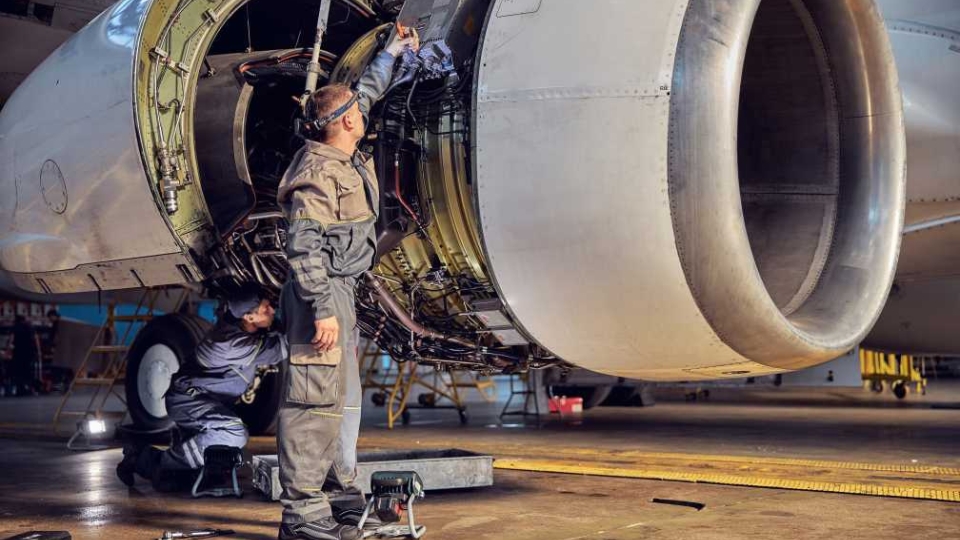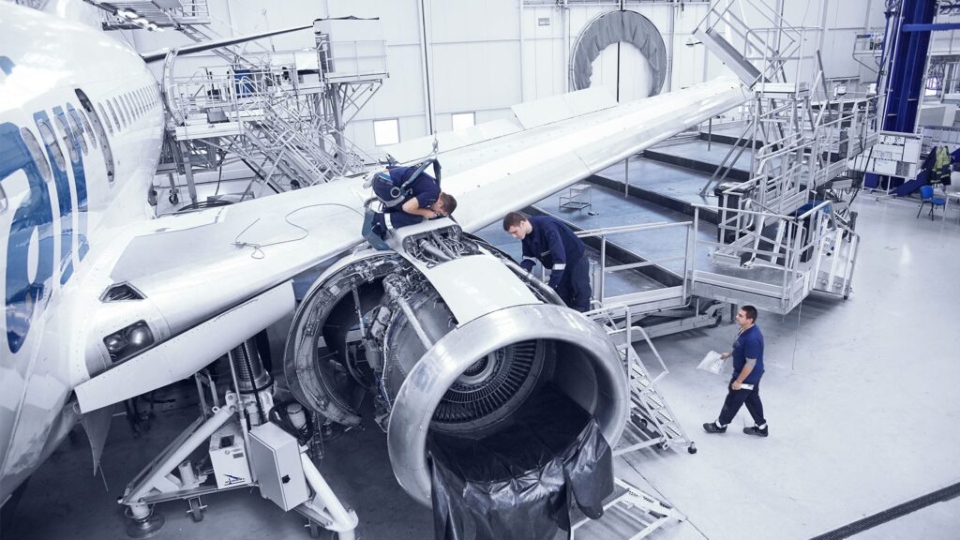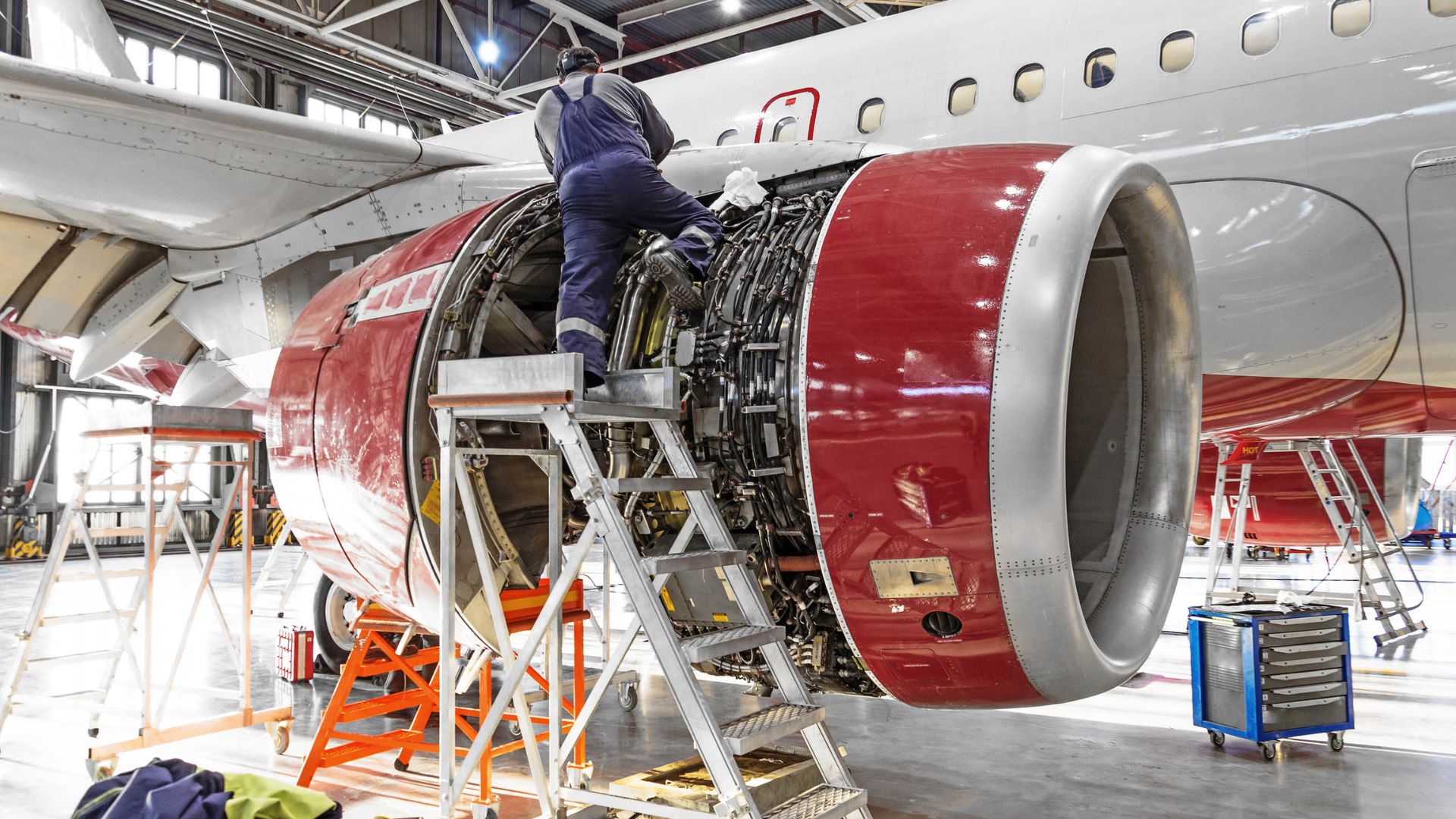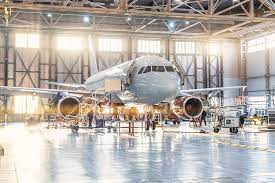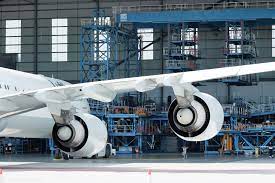Aircraft maintenance is essential for safe and reliable flight operations. However, managing maintenance schedules and controlling costs can be challenging for airlines. Proper planning ensures that aircraft remain airworthy while minimizing downtime and expenses. Understanding how maintenance scheduling and cost management work helps explain how airlines maintain efficiency and safety.
Importance of Maintenance Scheduling
Maintenance scheduling ensures that inspections and repairs are performed on time. Airlines use structured programs based on flight hours, cycles, or calendar intervals.
-
A Checks occur every 400–600 flight hours for basic inspections.
-
C Checks are more comprehensive, conducted every 20–24 months.
-
D Checks involve full overhauls every 6–10 years.
Effective scheduling prevents unexpected failures and reduces operational disruptions. Airlines coordinate maintenance around flight schedules to minimize downtime and maintain service reliability.
Balancing Safety and Operational Efficiency
Airlines must balance safety with operational needs. Maintenance cannot compromise flight schedules, but skipping checks risks safety violations.
Advanced software tools help airlines plan maintenance during off-peak hours or when aircraft are less in demand. This approach ensures that planes are available for passengers while staying compliant with safety regulations.
Cost Management Strategies
Aircraft maintenance is expensive. Costs include labor, spare parts, inspections, and specialized equipment. Airlines adopt several strategies to manage expenses:
-
Predictive Maintenance: Using sensors and data analytics to anticipate issues reduces unexpected repairs and associated costs.
-
Fleet Commonality: Operating similar aircraft types lowers training, spare parts, and maintenance costs.
-
Outsourcing and Partnerships: Some airlines outsource maintenance to certified providers, reducing overhead while ensuring expertise.
These strategies help airlines control costs while maintaining high safety standards.
Use of Technology in Scheduling and Cost Management
Modern airlines rely on digital tools for efficient maintenance management. Maintenance tracking software monitors aircraft health, schedules inspections, and forecasts part replacements.
Predictive analytics also play a key role. Sensors on engines, hydraulics, and avionics collect data in real time. This data allows maintenance teams to plan repairs proactively, saving time and money while preventing in-flight issues.
Regulatory Compliance and Cost Implications
Compliance with aviation regulations adds to maintenance costs. Airlines must document every maintenance activity and adhere to strict inspection intervals. Failure to comply can result in fines, grounding of aircraft, or loss of certification.
Proper scheduling and record-keeping minimize regulatory risks. By integrating cost management with compliance, airlines ensure safety without overspending.
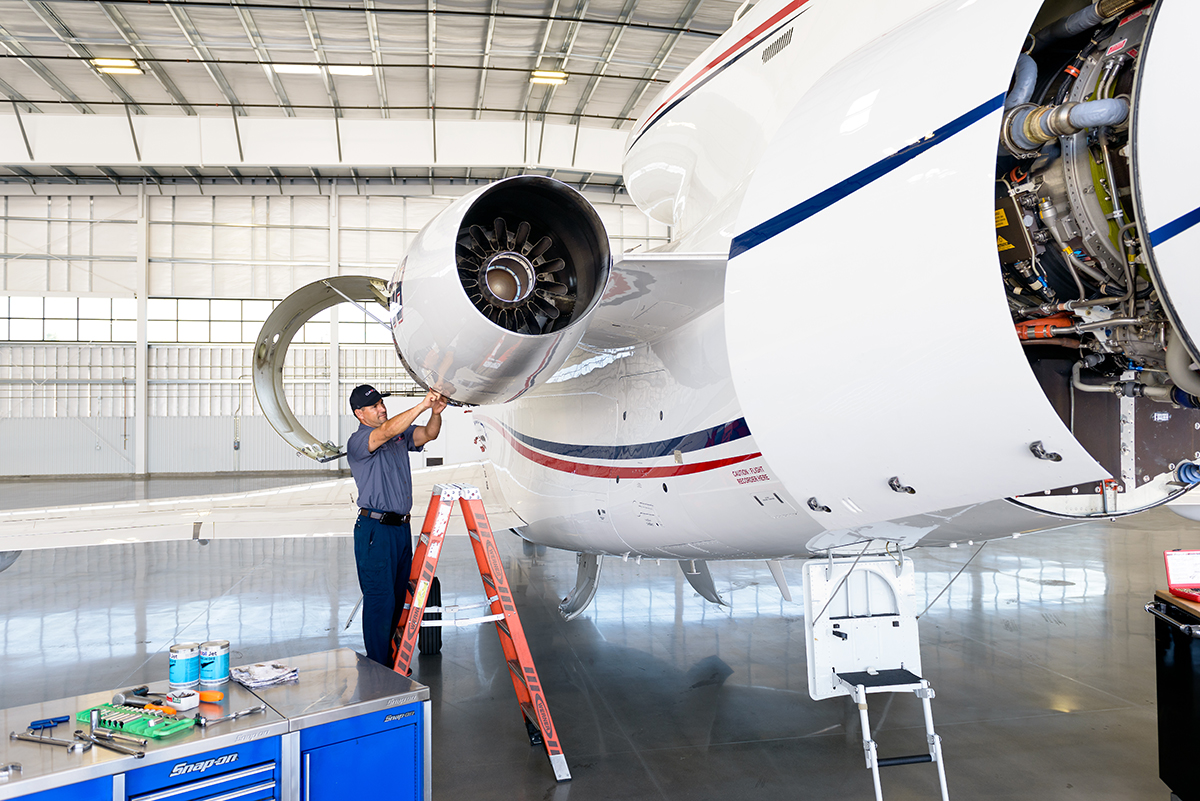
Aircraft Maintenance Scheduling and Cost Management
Challenges in Scheduling and Cost Management
Despite technology and planning, airlines face challenges:
-
Unexpected Mechanical Issues: Even with predictive systems, sudden failures can disrupt schedules and increase costs.
-
Supply Chain Delays: Waiting for spare parts can extend maintenance downtime.
-
Labor Shortages: Skilled technicians may be unavailable when needed, leading to scheduling delays.
Overcoming these challenges requires careful planning, flexibility, and collaboration with maintenance providers.
Conclusion
Aircraft maintenance scheduling and cost management are vital for safe, efficient, and profitable airline operations. By balancing safety, operational efficiency, and cost control, airlines ensure aircraft remain reliable while minimizing disruptions and expenses. Modern technology, predictive maintenance, and careful planning allow airlines to optimize schedules, manage costs, and comply with regulations, making air travel safe and sustainable.

